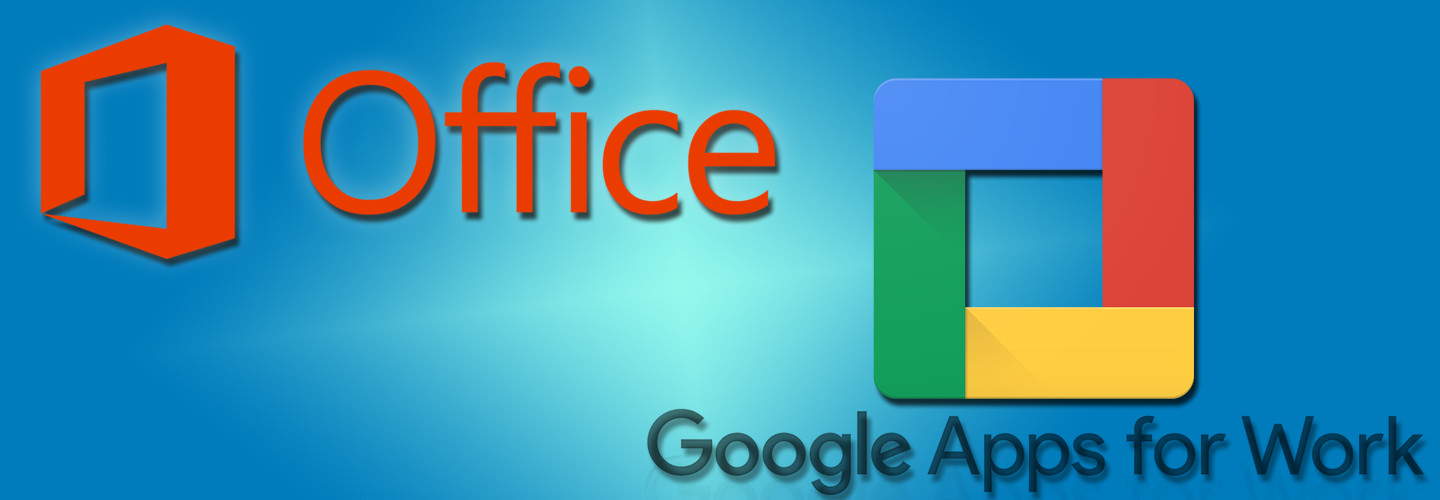Battle in the Clouds: Google Apps for Work Vs. Office 365
Work is rarely a thing that only happens at a single desktop computer, and cloud-based apps reflect that reality much better than shrink-wrapped software.
In the cloud realm, Google and Microsoft present solid choices. Both offer a lineup of word processing, spreadsheet, presentation, email and collaboration tools that enable users to move from desktop to notebook to tablet to smartphone, all for a low monthly fee.
But once one looks beneath the surface at the similarities between Google Apps for Work and Microsoft Office 365, it’s clear these offerings come from different places and cater to different needs.
“Microsoft’s strong suit in enterprise computing is on-premises products, but its growing roster of public cloud services is also popular among enterprises,” noted Forrester Research Analyst John R. Rymer in a May 2015 report. With Google, the reverse applies: “Google offers its services from the cloud, with the rare exception.”
The intersection of that orientation with an organization’s overall personality should be a key factor in selecting an office productivity suite, says Gartner Analyst Jeffrey Mann.
“Companies going to Google are looking for a different way of providing these services that is designed for the web. They aren’t necessarily afraid of disruption,” he says. “Those going for Microsoft, want the change that cloud brings, but not too much. They also value continuity for end users and administrators.”
Other factors to be considered are regulatory compliance issues (some of Google’s apps aren’t covered under the Health Insurance Portability and Accountability Act) and file-format fidelity concerns when moving between Microsoft formats.
“It remains a concern for users, probably more than it should be,” says Mann. “Google has improved the fidelity quite a bit, but there is always that nagging worry that a client will send something you can’t read or you will send a client a messed-up file.”
For some organizations, the ultimate answer may be a mix and match of tools from various Software as a Service providers.








